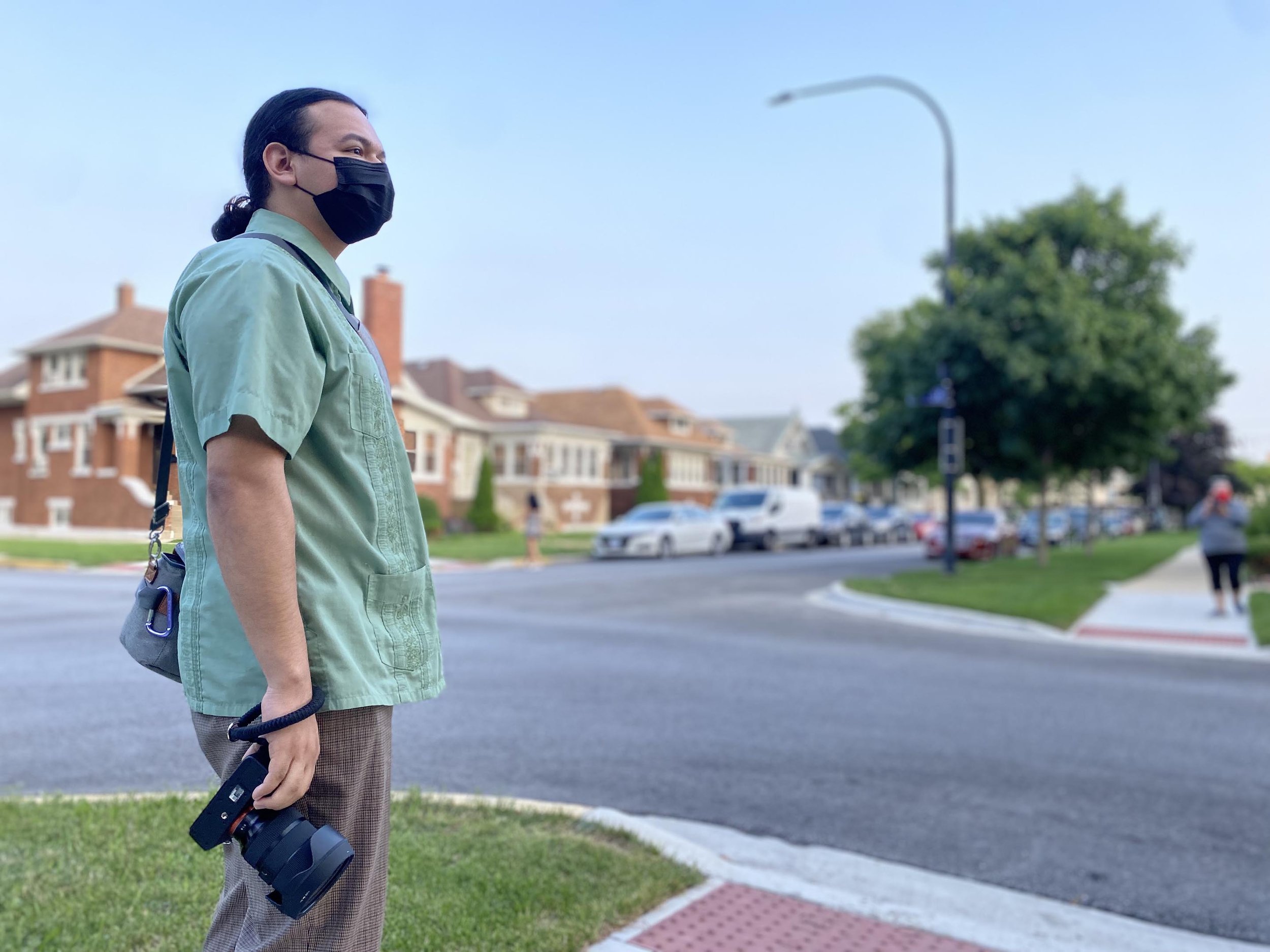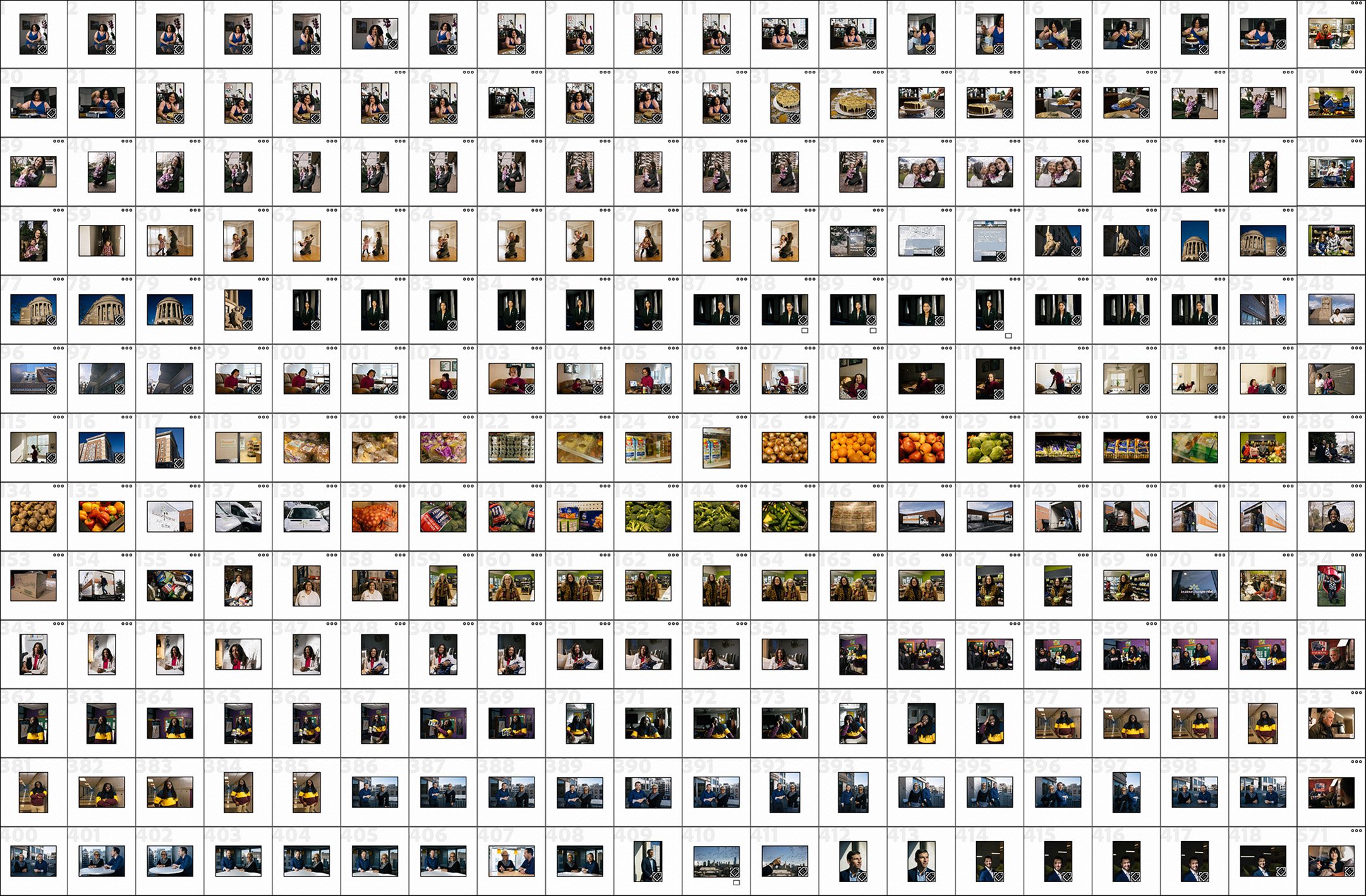
Keeping Photojournalists Safe
Visual reporting requires time spent in the field, engaging with individuals and communities. This can come with hazards, and as a community, we need to work together to cultivate a culture of safety and care. We recommend that newsrooms invest in safety training at all levels of management to expand awareness and buy-in, and that, when possible, they should offer the same risk-mitigation training and protections to freelancers that staff members receive.
Management Training
To start, we recommend all levels of newsroom management take the asynchronous course The Fundamentals of Safe Commissioning, which teaches editors how to identify and mitigate risk for journalists they commission. The course was developed by the Editor Safety Hub, an initiative of the ACOS (A Culture Of Safety) Alliance and WAN-IFRA (The World Association of News Publishers).
Pre-Assignment Preparation
Risk management
A risk assessment helps you measure risk against the editorial value of a specific story or reporting. As an editor, you may decide the risks outweigh the value. The Committee to Protect Journalists (CJP) has a free, guided risk assessment template, with translations in nine languages.
Conduct a risk assessment anytime there is a physical, psychological, digital or legal risk.
Communications Plan
A communications plan is a basic risk mitigation tool. It details the methods, frequency, contact information and contingencies for secure newsroom-journalist communications during and after an assignment. The Rory Peck Trust has created a free Communications Plan template.
Digital Security
According to the Fundamentals of Safe Commissioning, online violence has become a common way to retaliate against journalists, especially women, people of color and members of the LGBTQ+ community. Identity-based attacks can negatively impact mental health and well-being.
Assess the following to increase security:
Are calls and texts made through end-to-end encrypted messaging services? (e.g., WhatsApp or Signal)
Is it possible to use a secure network (VPN) for online searches? (Caution: VPN use is illegal in some countries.)
Are members of the reporting team and sources using strong password protection on their devices and online accounts? We recommend:
Password managers (1Password is free for journalists!)
Multi-factor authentication
Encrypted communication and devices
Are members of the reporting team and sources practicing online safety in terms of understanding their online presence and social media information?
Are members of the reporting team posting live reporting dispatches to social media from the reporting location? Does this increase the safety risk?
Are members of the reporting team and sources aware and wary of potential spam and phishing?
Safety Resources
-
Individuals and organizations can access this free digital security helpline. Access Now
-
Review a model curriculum for journalists ‘safety training. ACOS Safety
-
Protect your digital profile and data and the data of your sources. ACOS Digital Security
-
Protect staff and freelancers against online abuse. CPJ’s Editors Checklist
-
Protect against targeted online attacks. CPJ’s Digital Safety
-
Protect against online harassment. Link
-
This paid service removes personal data from the internet. DeleteMe
-
Review this online harassment field manual. PEN America
Physical and Psychological Security
It’s important for journalists to wear comfortable clothing, closed-toe shoes and have press credentials on you, though not necessarily on a lanyard around your neck, which could be pulled. Bring water and a backup battery to charge your phone. If you know you are going into a higher-risk situation, you should bring a buddy and consider personal protective equipment and communication gear such as protective eyewear, a helmet and a satellite phone. You can find more information at the Journalism Source of Safety.
People from different backgrounds and identities experience risk differently. For example, a person of color may be more psychologically impacted while reporting on a racial justice story. To create an identity-aware and trauma-informed newsroom culture, discuss how race, gender and other personal characteristics may increase – or decrease – a journalist’s risk profile on a particular assignment. Include this information in pre-assignment planning for all journalists.
For more information on psychological safety and mental health for journalists, take a look at the ACOS Alliance Psychological Safety resource page.
The International Women’s Media Foundation has a mental health guide for journalists facing online violence.
The Journalist Trauma Support Network has resources on how to find a therapist who is trained to work with journalists and how to apply for funding for mental health services.
Payment
Terms
Contracts have a direct impact on the safety of freelance visual journalists, particularly in relation to payment, expenses and insurance. More high-risk assignments have upfront expenses such as fuel and PPE. We recommend covering a portion or the entirety of the expense prior to an assignment. Newsrooms should also include freelancers in their media liability insurance and notify them of that coverage.
Read more about how contracts affect safety in our contracts section.
If you have legal safety questions or concerns, we urge you to consult an expert.
Post-Assignment
After an assignment, checking in while details are fresh is a good protocol. Explain to the commissioning journalist that the objective is to review what went well and what could have gone better. Review the risk assessment and communications plan for the assignment, like...
Were they successful?
Were there any gaps?
Do any policies need to be changed or added for next time?
If an incident occurred, complete an incident report noting who was involved, what happened, where and when.
Are there any lessons to be learned or recommendations for future workflow? The incident you highlight may be a continuing issue that needs to be addressed.
To access a debrief and incident report template, complete The Fundamentals of Safe Commissioning course.



